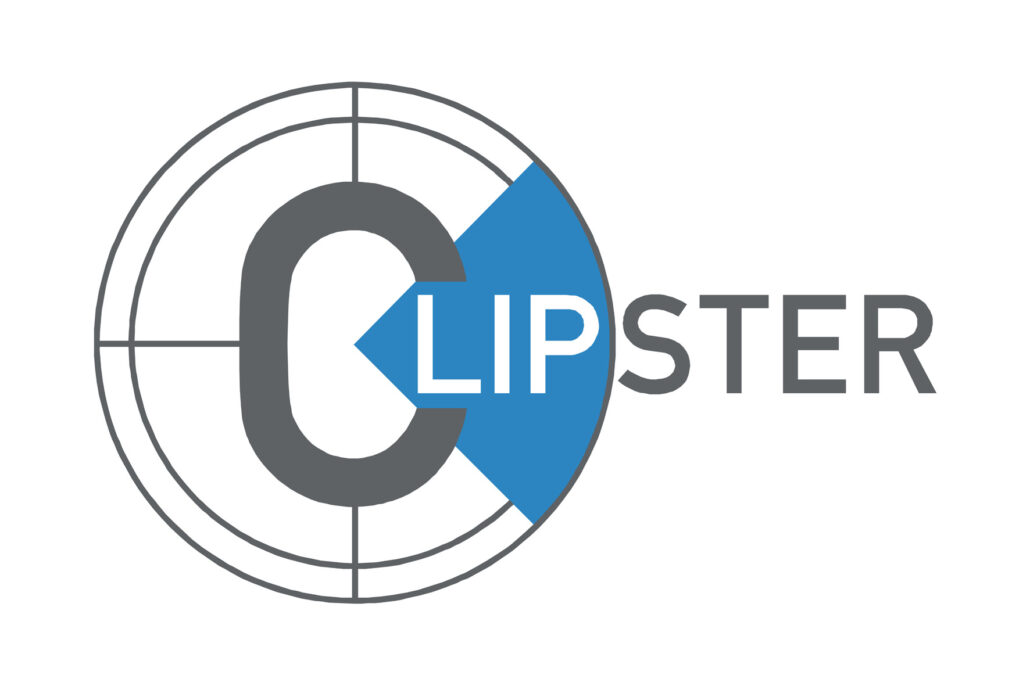Noticias
Clipster 5.0
Una vez más, mientras esperamos a que se celebre el NAB en Las Vegas, nos llegan noticias sobre las últimas novedades, ahora de la mano de DVS, que han anunciado la presentación de la versión 5.0 de su workstation Clipster.
Este sistema permite realizar todos los procesos para un flujo de trabajo de DI (Digital Intermediate) sin necesidad de pasar por ningún otro dispositivo ni programa. Ofrece captura, edición, conversión a diferentes formatos de salida e incluso restauración de imágenes (mediante la integración del software de restauración Diamant). También se pueden crear efectos visuales sin ralentizar el resto del trabajo, ya que es un sistema pensado para que prácticamente todas sus herramientas puedan trabajar en tiempo real.
Admite cualquier tipo de resolución: SD, HD, 2K o 4K.
En esta nueva versión se ha mejorado el trabajo en s3D, integrando un software analizador estereoscópico llamado STAN, cuyo algoritmo analiza y corrige los problemas de transformaciones espaciales en el material s3D.
Algunas de las características de su trabajo en s3D son:
– Posibilidad de pistas estereoscópicas en el timeline.
– Herramienta para controlar la profundidad de forma manual o automática.
– Masterización según la norma DCI en s3D a través de un asistente.
– Control de calidad de DCP estereoscópico directamente desde Clipster.
Junto con la herramienta Digital Cinema Mastering Tool, Clipster es capaz de soportar formatos como IMF, proporcionando el máster digital como un paquete de archivo con diferentes pistas de audio, vídeo o subtítulos.
Puede trabajar perfectamente con el material RAW de cámaras como RED, ARRI o Sony, ya que es posible descodificar estos archivos y realizar el de-bayering del RAW desde el mismo sistema.
También acepta formatos como Panasonic AVC-Ultra, Sony SR, Apple ProRes (422, Proxy, LT, 4444) y Avid DNxHD; y se pueden realizar conformados o codificaciones de estos archivos en ProRes (en un sistema que corre en Windows) o DNxHD, lo que lo hace un sistema muy versátil para la generación de dailies o versiones para los sistemas de edición, ya que la transcodificación se hace a enorme velocidad (en muchos casos más rápido de tiempo real).
Es capaz de realizar una codificación en JPEG2000 a una alta velocidad, así como leer y escribir OpenEXR (explicado en este artículo junto con IIF/ACES y otros).
En esta página tenéis toda la información sobre el producto y sus características técnicas detalladas.



